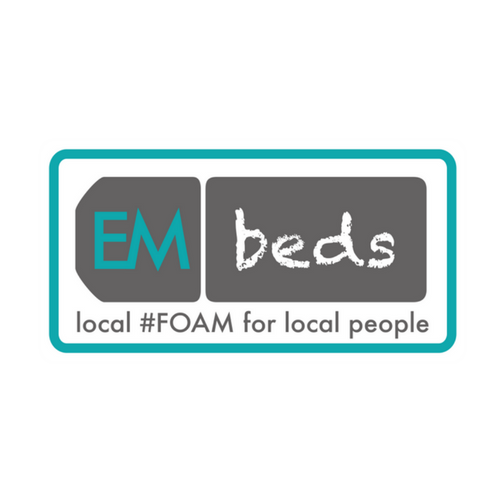Quick Ref Guide
Actions
- Green – Send Home: Provide appropriate and clear guidance to the parent / carer and refer them to the patient advice sheet.
- Amber – Advice from Paediatrician should be sought and/or a clear management plan agreed with parents.
- Red – Move to Resus IMMEDIATE Senior/Paediatiric assessment
Background
- Bronchiolitis is seasonal (winter) viral lower respiratory tract infection
- Affects children under 2 years – 1 in 3 infants will develop bronchiolitis
- 2-3 % all infants with bronchiolitis will require admission to hospital
- Causes: RSV, rhinovirus, adenovirus, influenza, parainfluenza
Clinical Presentation
- Nasal Discharge; Wheezy cough; Fever; On auscultation – fine crackles / expiratory wheeze
- Self-limiting illness
- Duration depends on severity, causative agent and associated high risk conditions
- Day 1-2 – viral URTI with coryza
- Day 2-3 – signs and symptoms of LRTI
- Day 3-4 – peak of illness
- Day 5-7 – gradual improvement
- Cough continues for some weeks
High risk conditions
- Prematurity
- Chronic lung disease of prematurity
- Pre-existing airway problems
- Congenital cardiac disease
- Age <2 months
- Immunodeficiency
- Neuromuscular disease
What to do
- Assess severity: (see flow sheet)
- Hypoxia (<92%): give oxygen immediately
- MILD – no specific treatment – reassurance, advise small frequent feeds and seek medical advice if poor feeding / increased work of breathing / lethargy. GIVE ADVICE SHEET
- MODERATE –Refer to Paeds – admit to PAU / ward for observation. If feeding and no further deterioration discharge home (consider phase of illness, social and geographic factors). GIVE ADVICE SHEET
- SEVERE – Move to Resus, Call for Paediatric Support.Nasal suction if required, Give humidified oxygen. Bronchodilators / Antibiotics / Hypertonic Saline NOT recommended
Reference: Guidance for the Management of Bronchiolitis in Children (June 2018)

